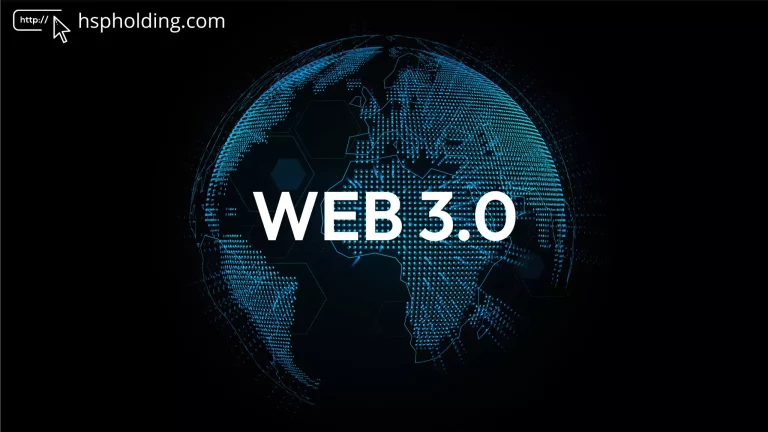Blockchain technology has come a long way since its inception just over a decade ago. Originally designed as a secure and decentralized ledger for cryptocurrencies, it has since evolved into a powerful tool that has the potential to change the way we live, work, and interact with one another. In this article, we will take a journey through the history of blockchain, exploring its key players, milestones, and how it has led to the rise of Web3.

The Origin of Blockchain
Blockchain was first introduced in 2008 by the mysterious Satoshi Nakamoto as the underlying technology behind the cryptocurrency, Bitcoin. Its revolutionary design made it possible to create a decentralized ledger that could keep track of transactions without the need for a central authority. The distributed nature of blockchain made it secure, tamper-proof, and transparent, making it the ideal solution for securely tracking and recording financial transactions.
The Rise of Decentralized Applications
As blockchain technology matured, developers began to explore its potential for creating decentralized applications beyond just cryptocurrencies. These decentralized applications, or Dapps, allowed for the creation of secure, decentralized platforms for a variety of use cases, from online marketplaces to prediction markets. The most notable example of a Dapp is the Ethereum blockchain, which was launched in 2015 and allowed for the creation of smart contracts, self-executing code that could automate complex processes and transactions.
The Emergence of Web3
The latest iteration of blockchain technology is known as Web3. Unlike the previous two versions of the internet (Web1 and Web2), Web3 is designed to be a decentralized, open, and secure platform that empowers users to own and control their data and digital assets. This new web is built on blockchain technology, and it offers the potential to revolutionize the way we interact online, from social media to online commerce.
The Future of Web3
The future of Web3 is bright, and its impact on businesses and individuals alike will be profound. It holds the promise of a more secure and decentralized internet, where users have control over their data and can access a wide range of decentralized applications. Web3 also has the potential to bring new efficiencies to businesses by streamlining processes and reducing the costs associated with middlemen.
In conclusion, the journey of blockchain from its inception to the rise of Web3 has been nothing short of remarkable. From its early use as a secure ledger for financial transactions to its current role as the backbone of the decentralized web, blockchain technology continues to evolve and shape the way we live and do business. Whether you’re an individual or a business, the future of Web3 holds endless possibilities and opportunities, and it’s an exciting time to be a part of this technology.








